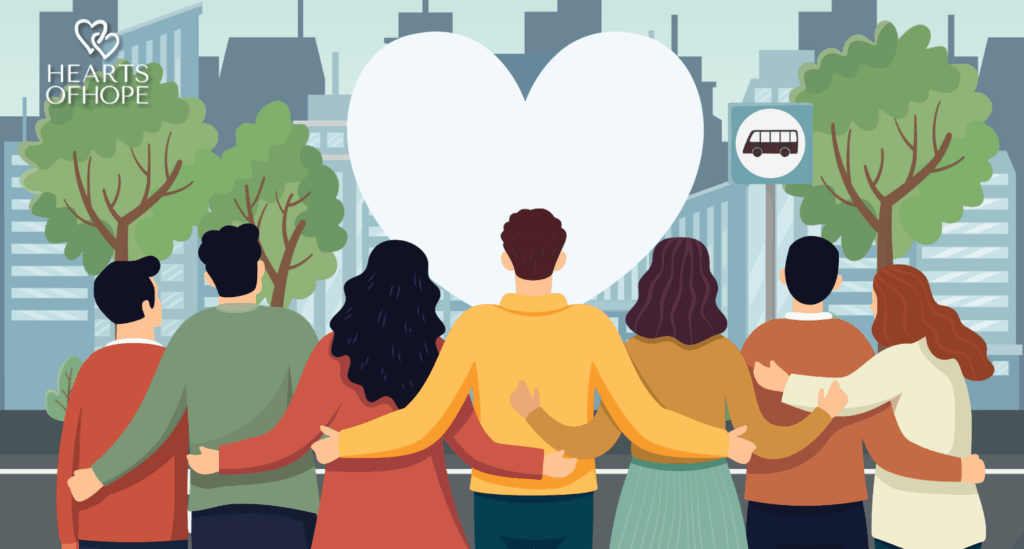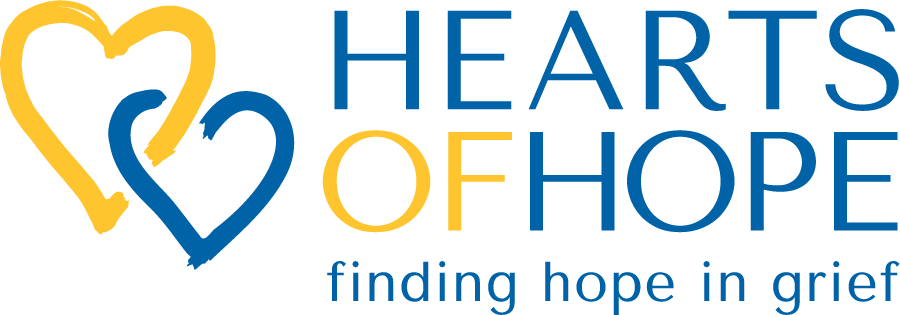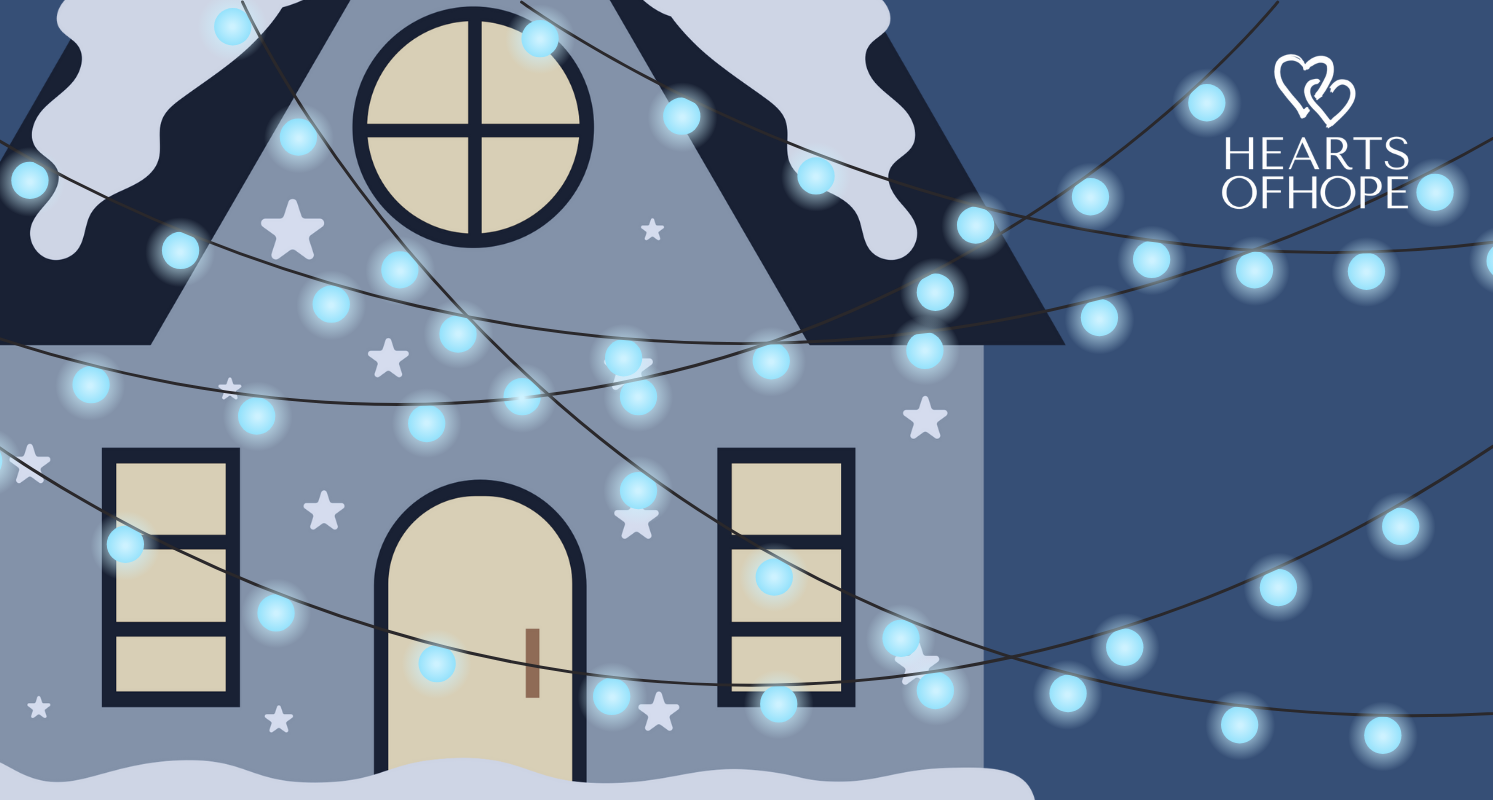There Is No ‘But’ in Grief: Disenfranchised vs. Collective Grief


Whose grief is worse: the doctor who loses her patient, or the family who loses their beloved dog?
Which situation is harder: a long, debilitating illness, or a sudden accident?
What community suffers more: the neighborhood devastated by a hurricane, or the town shocked by a mass shooting?
I hear comparisons like these all the time. In a recent grief support group, one of the participants told another woman, “But at least I got to say goodbye to my husband. I can’t imagine how much harder it was for you.”
We are so accustomed to diminishing our own grief that we forget it is a spectrum. There are many types of loss, and many types of grief that come with it. When we compare our experiences, or compare other people’s losses against a vision of what grief is supposed to be, we make it more difficult to accept our own reactions and support those we love.
I’ve noticed two types of grief that we are particularly quick to diminish: disenfranchised grief and collective grief.
Disenfranchised grief is any grief that we as a society, or as individuals, deem invalid. It covers losses like:
- When a professional caregiver’s patient dies
- When an elderly person’s older parent dies
- When a coworker dies
- When a husband mourns the end of an unhappy marriage
- When a woman grieves after having an abortion
Disenfranchised grief can take countless forms, but they all create feelings of isolation and denial for the people going through them. Many who experience a disenfranchised loss don’t feel entitled to their grief, and face shame and remorse for their reactions.
Collective grief is a shared experience of loss that happens when a major, tragic event affects a group, like a community or a nation. Groups feel collective grief in situations like:
- War
- Terrorist attacks
- Mass shootings
- Natural disasters
- Pandemics
In most instances of collective grief, there is a consensus that tragic loss has occurred. But people often struggle with how much of a right they have to grieve as compared to others in their community who may have suffered more losses, or a larger loss. Many people stifle their emotions when they’re part of a collective loss. They feel that they aren’t close enough to the tragedy, and therefore aren’t entitled to grieve.
However, connecting with community during collective loss through vigils, service, and advocacy can help create rituals and opportunities for folks to grieve freely. The same can be said about disenfranchised grief. Even if society does not encourage or offer grieving standards for your loss, creating your own customs and ways to make space for your grief can help diminish the shame that often accompanies a disenfranchised loss.
Disenfranchised grief and collective grief are similar in how they often cause people to question the validity of their emotions. And sometimes loss can be both disenfranchised and collective. Take, for example, the death of a beloved celebrity. Many people will collectively mourn that loss, at the same time society tells them that it isn’t appropriate to grieve someone they don’t know. When these types of grief overlap, it can be particularly isolating—and encourage mourners to really diminish their responses.
The more we can remember that grief is a spectrum, the more we can accept our own choices to grieve how we need to, as well as honor other people’s choices to grieve in their own way. Next time you find yourself making a comparison of one loss to another, remember one thing: there is no but in grief.


